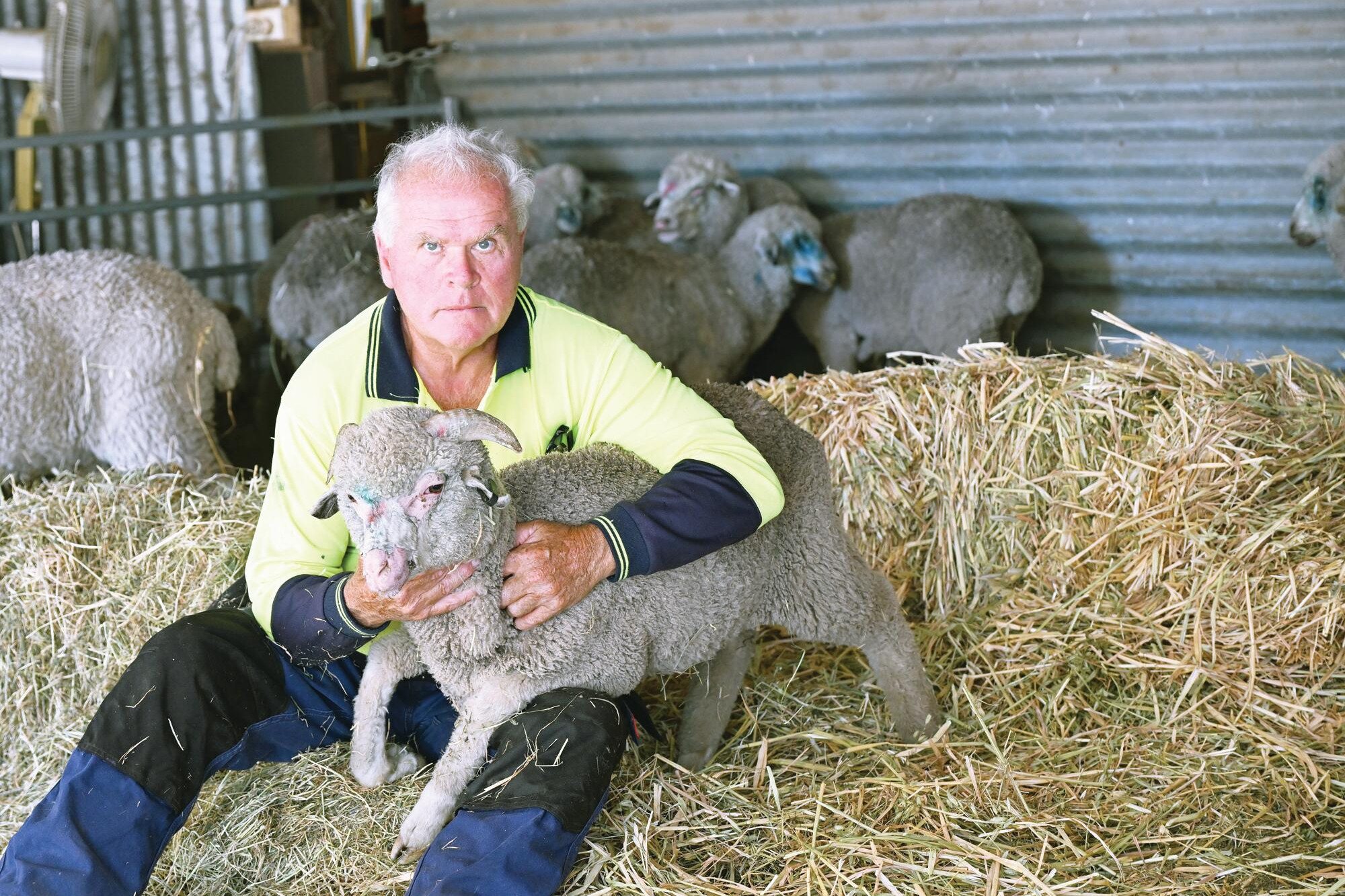Agriculture
12 January, 2025
Weed spurt! Stock at risk
BY CHRIS EARL FARMERS are on high alert after mid-summer rains kick-started a potentially lethal spurt of panic weed across the Loddon. One spent the Christmas-New Year break nursing six-month-old Merino lambs back to health after a sudden spurt of...

BY CHRIS EARL
FARMERS are on high alert after mid-summer rains kick-started a potentially lethal spurt of panic weed across the Loddon.
One spent the Christmas-New Year break nursing six-month-old Merino lambs back to health after a sudden spurt of the toxic plant.
Wedderburn farmer Reg Holt said toxic hairy panic weed - fairy grass of tumbleweed sprouted and blew across a paddock at his Powlett property.
“We quickly moved stock off the paddock but not before some had eaten the weed ... their heads slightly expanded and eyes, ears, mouths, throats inflamed,” Mr Holt said.
“For more than a week, with the help of friends, we’ve been nursing the lambs back to health, bathing their faces that had been burnt by the toxins.”
“The warmer weather around Christmas also increased the toxicity of the weed.”
Mr Holt said treating the distressed sheep required keeping air passages as free as possible and breaking down dry crust around mouths and eyes.
“Ears can be the size of grapefruit and feel like boot leather.
“It requires intensive animal husbandry ... very much like ICU for humans,” he said.
Mr Holt said the Fiery Flat, Powlett and Korong Vale districts had previously experienced cases of panic weed risking stock life.
“There was an instance about 10 years ago. We know it can happen and keep a eye on paddock growth all the time but this one came so quick,” he said.
“We sprayed the paddock four times but panic week seeds kept germinating with the 150mm or so of rain we had in December.”
Mr Holt said recovery of the September-drop Merinos had been based on dispensing a detox and a diet of cereal-baSed hay and grain feed. “We have lost only a few to live damage and sunburn.”
Hairy panic contains compounds known as steroidal and lithogenic saponins. These result in severe liver damage that leads to photosensitisation. Liver damage in sheep also increases the risk of copper toxicity and sudden death.
Veterinary surgeon Tristan Jubb said hairy panic poisoning was a danger “when you get summer rains and it’s a lottery where it pops up”.
“Deaths in sheep over summer are always worth paying immediate attention to. During summer/autumn, a single unexpectedly dead sheep is often a sign of big things to come that needs immediate action before deaths or serious ill-thrift rapidly escalate,” he said.
“Farmers need to be hypervigilant for summer pneumonia and Barbers pole worm, but there are others such as poisonings, anthrax and the list goes on. Flies have caught a lot a producers by surprise in the last month or so. There are lots of reports of body strike, especially in Merino weaners and hoggets.”